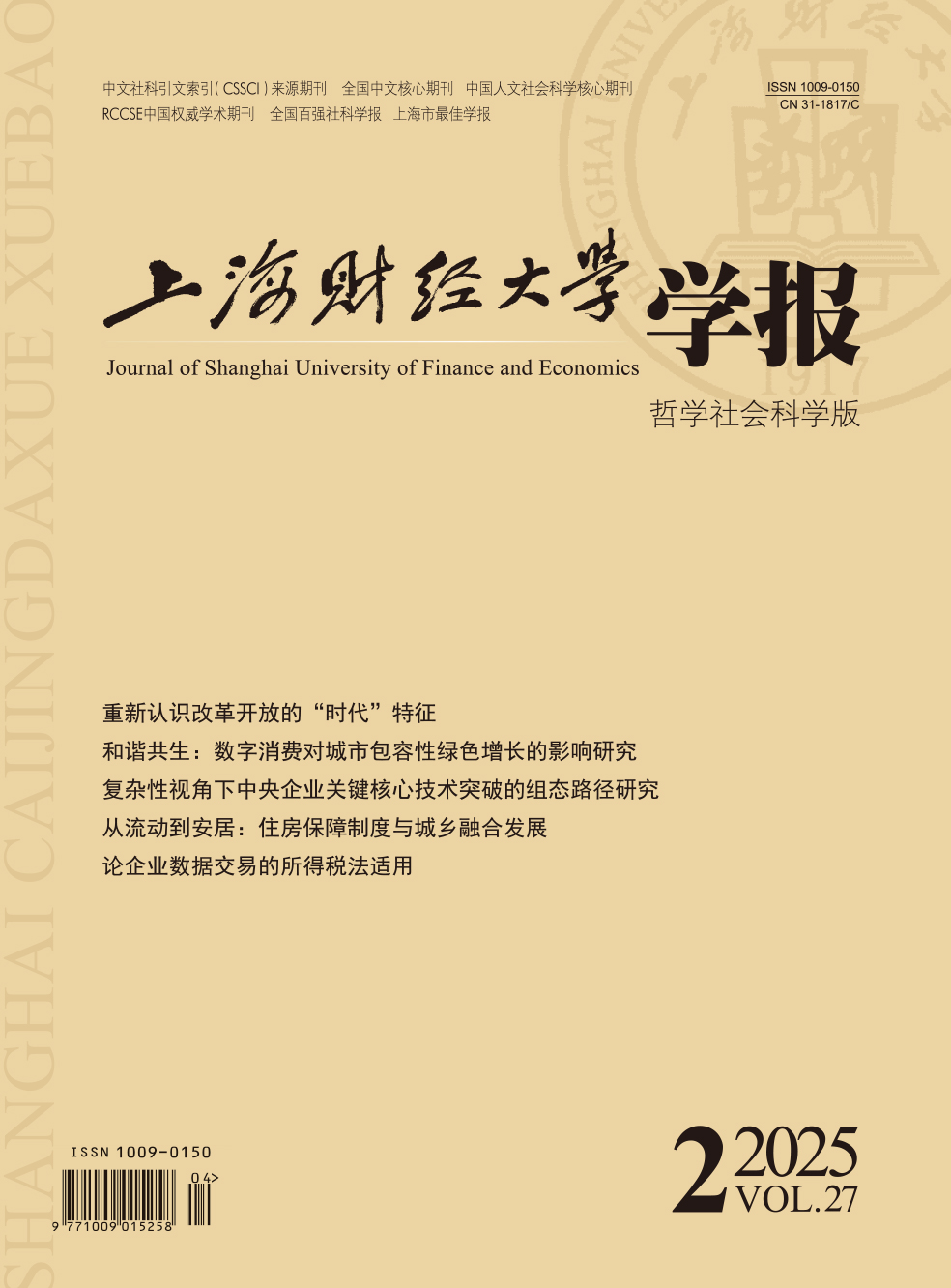In recent years, the excess capacity and the decline of returns in real firms have become more and more prominent. Existing research has described the differences in the financialization behavior of firms with different performance from the horizontal static perspective. However, the financialization performance of entity enterprises will change with the changes of their own financial status and operating performance. So what is the difference between the financialization behaviors of firms with rising and declining performance? What might be the path that leads to their over-financializion differences? Based on the sample of Shanghai and Shenzhen A-share listed companies from 2008 to 2016, and using OLS regression to fit the optimal financialization level of the sample companies, this paper empirically tests the over-financialization differences between entity enterprises with rising performance and declining performance. The research shows that compared with real enterprises with rising performance, those with declining performance have a rising probability of over-financialization. Further, this paper concludes that the two paths of over-financialization are more likely to occur in firms with rising performance: one is " rising performance-financial risk-over-financialization”; the other is " rising performance-financing constraints-over-financialization”. The inspiration of this paper are as follows: First, the supervision of financialization and the false risk of entity enterprises should consider the heterogeneity of performance changes, and pay more attention to the financialization behavior of entity enterprises with rising performance especially. Second, government departments should actively guide entity enterprises to return to their main business and strengthen support for them. At the same time, do job well in reviewing the flow of credit funds of entity enterprises with rising performance. Third, the financialization behavior of entity enterprises is heterogeneous, so the over-financialization behavior should be paid more attention to.The possible contributions of this paper are as follows: First, it takes the financialization of entity enterprises as a heterogeneity behavior, and then separates over-financialization from the financialization behavior, which is conducive to a more reasonable explanation of the financialization of entity enterprises in China, and treats different degrees of the financialization behavior differently. Second, it can help to analyze over-financialization from a dynamic perspective, which will broaden the perspective of financialization research and enrich the relevant theories of financialization. Third, it verifies the mechanism in that entity enterprises with rising performance is more likely to be over-financialized, which can effectively reveal the mechanism of action and the deeper logic between the heterogeneity of performance changes and over-financialization. In addition, this paper provides a necessary reference for China’s macroeconomic management departments to conduct classified supervision of over-financialization and prevent the risk from " removing reality to virtual”. Simultaneously, it is helpful for entity enterprises to master the degree of financialization based on their own performance changes in the process of operation and management.
 / Journals / Journal of Shanghai University of Finance and Economics
/ Journals / Journal of Shanghai University of Finance and EconomicsJournal of Shanghai University of Finance and Economics
LiuYuanchun, Editor-in-Chief
ZhengChunrong, Vice Executive Editor-in-Chief
GuoChanglin YanJinqiang WangWenbin WuWenfang, Vice Editor-in-Chief
Who is More Over-financialized: Firms with Rising Performance or Firms with Declining Performance?
Journal of Shanghai University of Finance and Economics Vol. 21, Issue 01, pp. 80 - 94 (2019) DOI:10.16538/j.cnki.jsufe.2019.01.006
Summary
References
Summary
Cite this article
Huang Xianhuan, Wang Yao, Wang Shaohua. Who is More Over-financialized: Firms with Rising Performance or Firms with Declining Performance?[J]. Journal of Shanghai University of Finance and Economics, 2019, 21(1): 80-94.
Export Citations as:
For
Next: 沪港通·主持人语
ISSUE COVER
RELATED ARTICLES





 14000
14000  14873
14873

